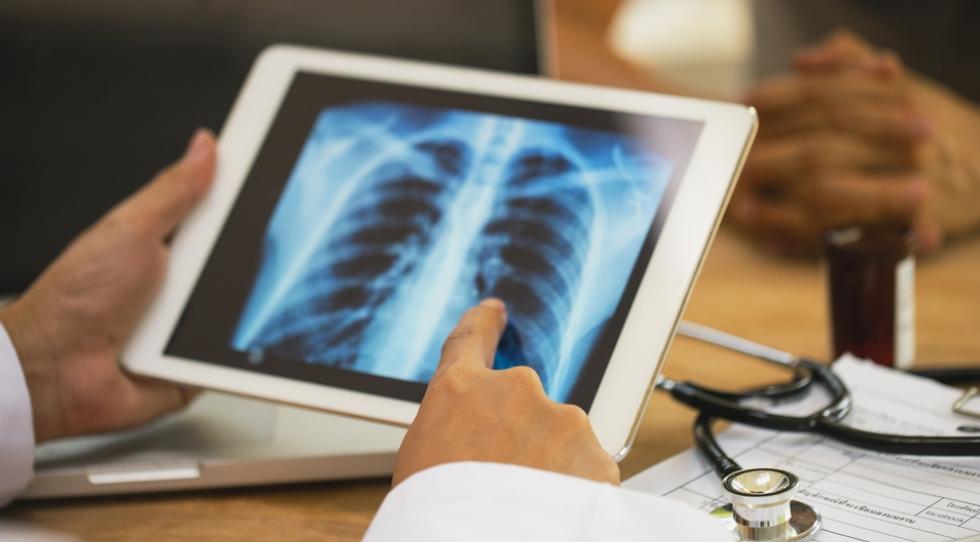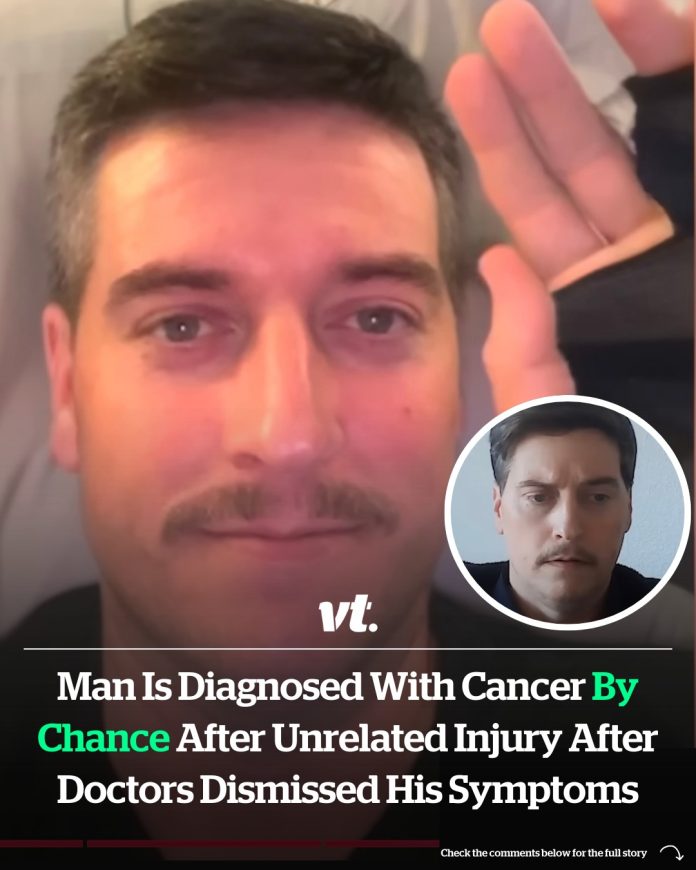In an unexpected twist of fate, a 40-year-old man named Brian received a life-altering diagnosis following a workplace injury that led to the discovery of lung cancer. This case underscores the critical importance of attentive medical evaluation and proactive health management.
The Initial Injury and Discovery
In the course of his physically demanding job, Brian sustained a broken hand and a shoulder injury. While the hand fracture was straightforward, the persistent pain in his shoulder and armpit raised concerns. Seeking clarity, Brian requested an X-ray, which unveiled an unexpected mass in his lung. Initially, medical professionals considered benign explanations such as a bruise or bronchitis. However, comprehensive testing in December 2024 confirmed a diagnosis of limited-stage small cell lung cancer.

Understanding Small Cell Lung Cancer
Small cell lung cancer (SCLC) is a particularly aggressive form of lung cancer, characterized by rapid growth and early metastasis. The “limited-stage” classification indicates that the cancer is confined to one side of the chest and can be targeted within a single radiation field, encompassing the affected lung and possibly nearby lymph nodes. This staging is crucial as it influences treatment strategies and prognostic outcomes.
Prior Health Concerns and Misdiagnoses
Brian’s health journey prior to his cancer diagnosis involved recurring episodes of severe heartburn. Despite multiple emergency room visits and his own suspicions of a serious underlying condition, he was diagnosed with gastroesophageal reflux disease (GERD). This misattribution highlights the challenges in diagnosing conditions with nonspecific symptoms and underscores the necessity for persistent advocacy in healthcare settings.
Treatment Regimen and Side Effects
Following his diagnosis, Brian embarked on an intensive treatment regimen combining chemotherapy and radiation therapy. His chemotherapy protocol involved three consecutive days of administration followed by a 21-day recovery period, while radiation treatments were scheduled twice daily, five days a week. Despite the aggressive nature of this approach, Brian reported manageable side effects, primarily fatigue and flu-like symptoms. This resilience is notable, as such treatments often lead to more severe adverse effects, including significant nausea, hair loss, and cognitive challenges.
The Importance of Early Detection
Brian’s experience underscores the critical role of early detection in cancer prognosis. His case is not isolated; similar instances have been reported where incidental findings led to cancer diagnoses. For example, a two-year-old boy named Zakariyah was diagnosed with acute lymphoblastic leukemia following a minor toe injury that prompted further medical investigation. Similarly, Neil Morris, a 44-year-old man, discovered he had a massive chest tumor after experiencing what he believed was heartburn post-cycling. These cases highlight how unrelated health concerns can sometimes unveil serious underlying conditions, emphasizing the need for thorough medical evaluations.

Advocacy and Proactive Health Management
Brian’s journey highlights the importance of self-advocacy in healthcare. His insistence on further testing, despite initial dismissals, was pivotal in uncovering his cancer. This narrative serves as a compelling reminder for individuals to listen to their bodies and persistently seek medical attention when symptoms persist or evolve. Early intervention can significantly alter the course of diseases, particularly aggressive ones like SCLC.
Conclusion
Brian’s unforeseen cancer diagnosis following a workplace injury sheds light on the unpredictable nature of health and the paramount importance of vigilance and proactive medical care. His story, along with similar cases, serves as a poignant reminder of the need for comprehensive medical evaluations, the value of early detection, and the critical role of patient advocacy in navigating the complexities of healthcare.

















